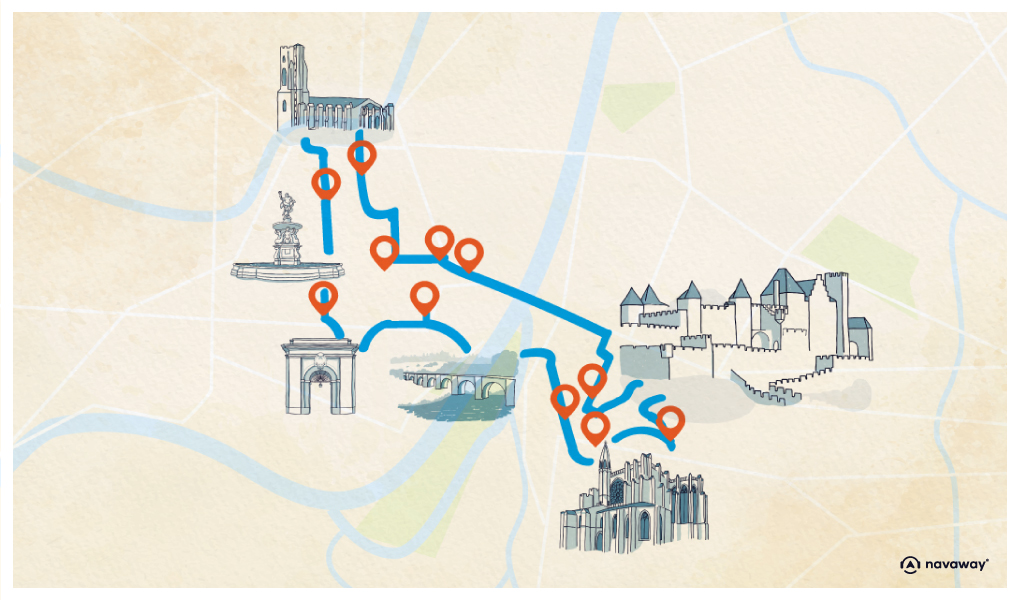
Count’s Castle
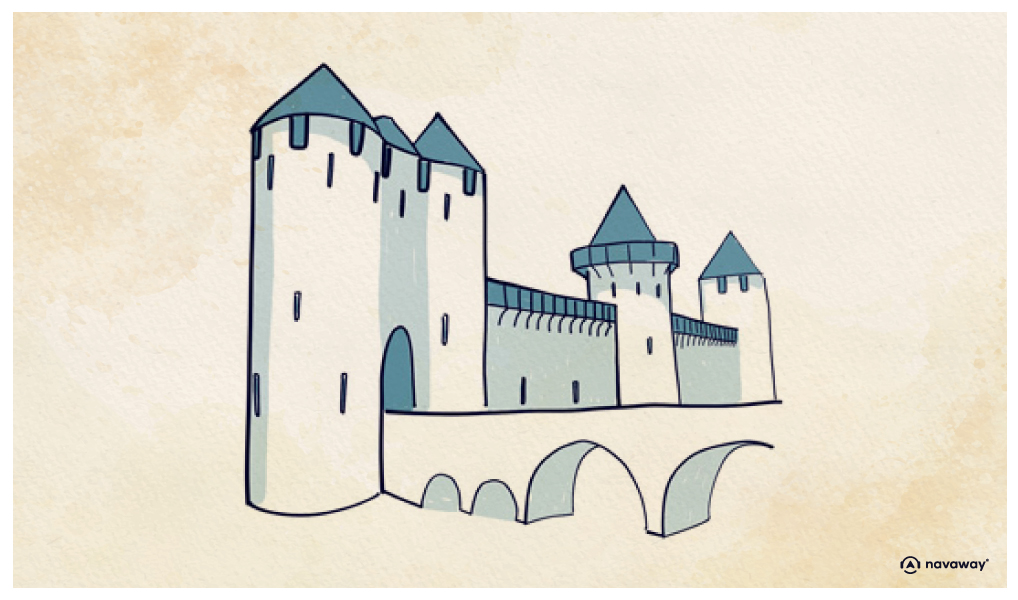
This point of interest is available as audio on the tour: Visit Carcassonne, A Citadel among the Clouds
Standing before you is the gate to the Count’s castle. It’s a barbican, built here to protect the castle. Once you’ve passed through it, you’ll have a clear view of the immense fortress lying behind. You have the castle gate, framed by two towers opposite a long stone bridge. Carcassonne is thought to have always had a castle, dating back at least to the Visigoth rule from the 5th century onwards. It probably once stood right where the Narbonne Gate is now. The castle before you was built in the 12th century, on the orders of Bernard Aton, Viscount of Carcassonne and member of the Trencavel family. Chances are you’ve already heard of this wealthy family, which at the time counted some of the most powerful lords in the south of France. Bernard Aton IV Trencavel reclaimed the city of Carcassonne in 1082 from his mother, the viscountess. Thanks to her and his father, he also became Viscount of Albi, Nîmes, Razès, Béziers and Agde. Just imagine the power he held. And he made the most of it by reinforcing the city’s fortifications. To this end, he built the Count’s castle, a true fortress with 8 towers, two keeps and the massive gate before you, equipped with a double defense system. It was built on top of the Gallo-Roman ramparts, which have protected the city since the 3rd century and been reinforced over the centuries. The castle, too, was remodeled over time, notably between 1228 and 1239, when the town became part of the kingdom of France. It was then that it became the full-scale fortress it is today. Indeed, when the city was annexed to the Crown lands of France in 1226, the people of Carcassonne weren’t too trusting of the Seneschal, the king’s representative, so the latter needed the extra protection. In addition to this, in 1258, the French-Aragon border was established not far from the city, making Carcassonne a crucial defense point. This explains the numerous modifications and reinforcements made throughout the 13th century. Look closely! You can still see the murder holes on each of the walls, and the wooden hoardings built around the middle tower on the right and along the crenellated walls. In a sense, they are like early versions of machicolations, allowing defenders to rain down projectiles on attackers. Two of the castle’s towers, not visible from here, actually date back to Visigoth days. The castle not only protected the city’s lords but also showcased the city’s and region’s power, as evidenced by its imposing size and elaborate defenses. Care to further unravel the castle’s rich history? You can join a guided tour, or explore the grounds at your own pace and grab an audio guide to learn more along the way.


Discover Carcassonne with app
An interactive guide through the most beautiful streets, squares, and districts
27 fun audioguides full of historical facts, anecdotes, and legends
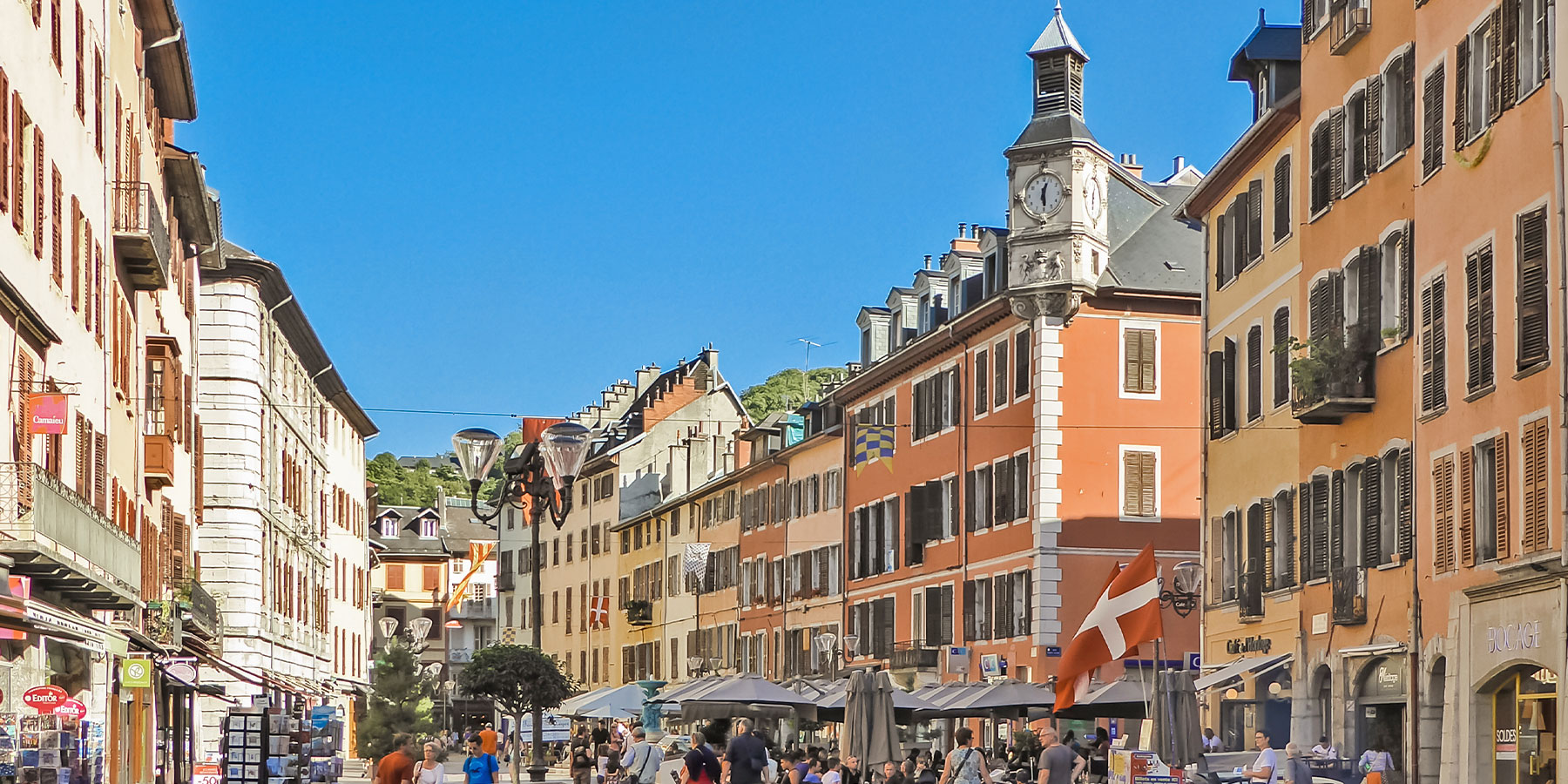
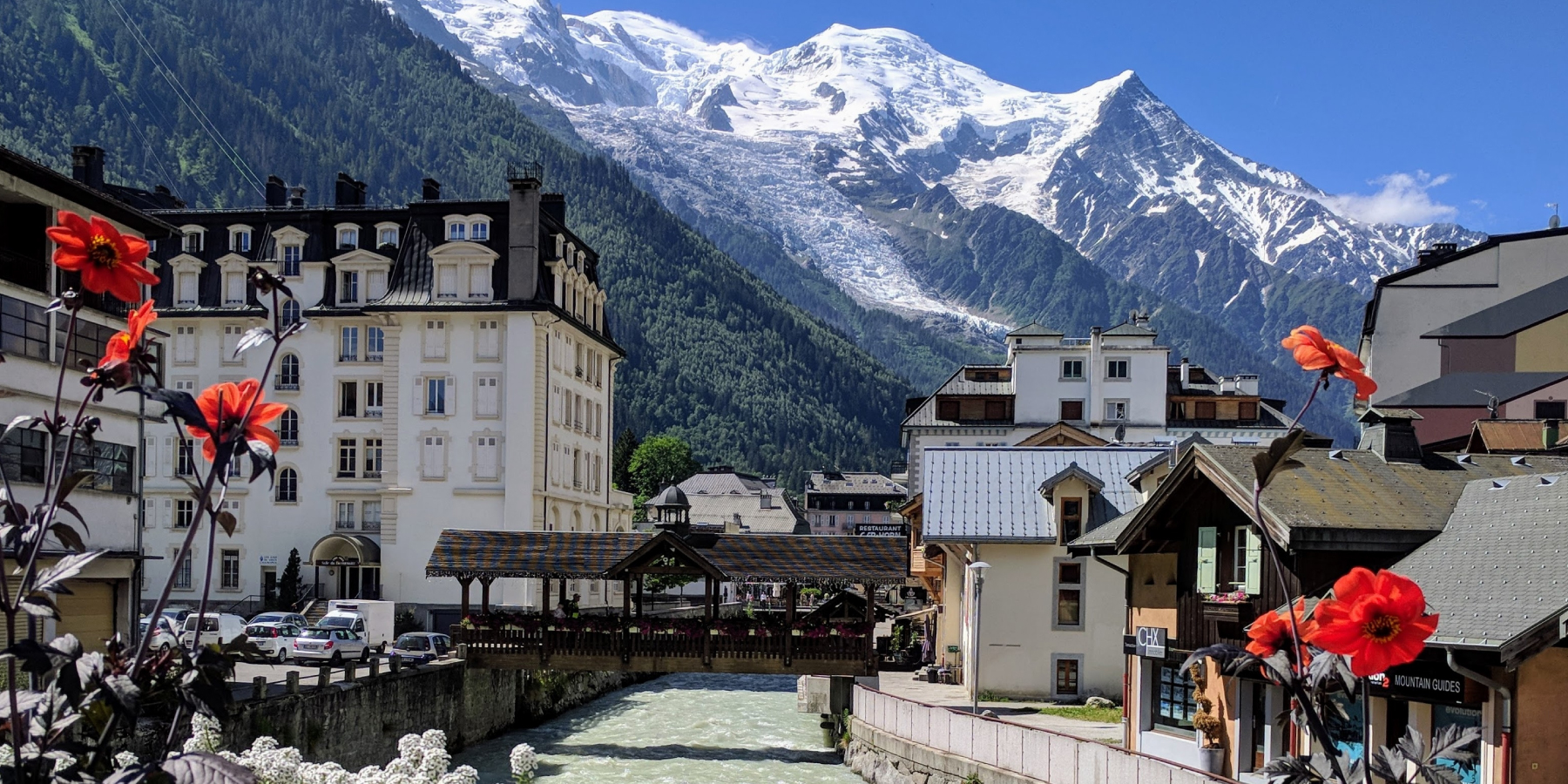
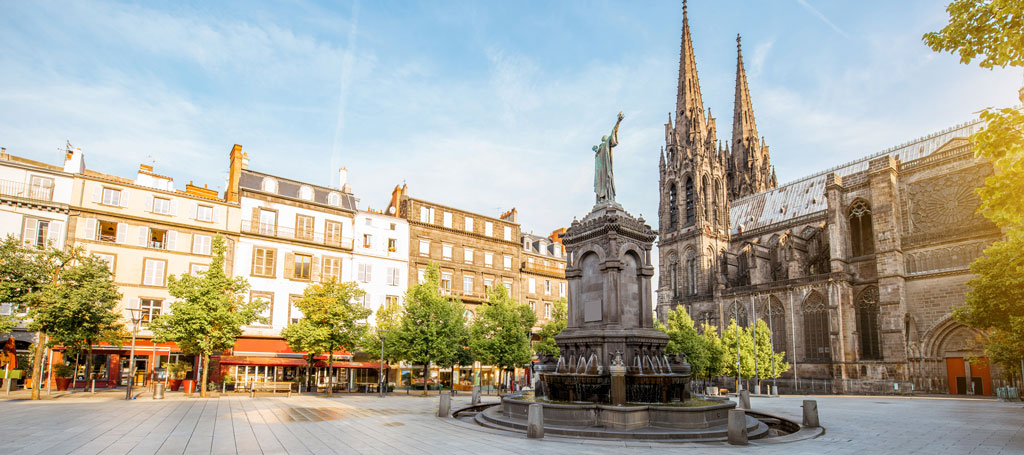


Comments